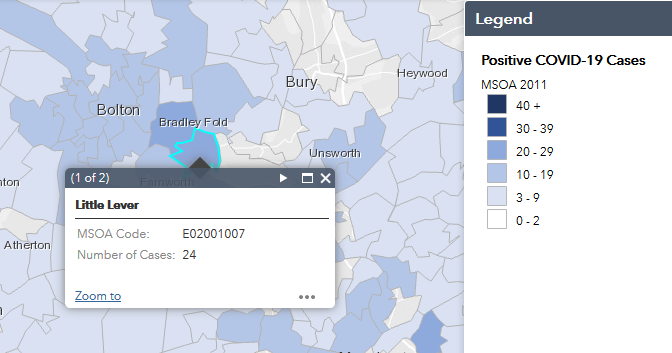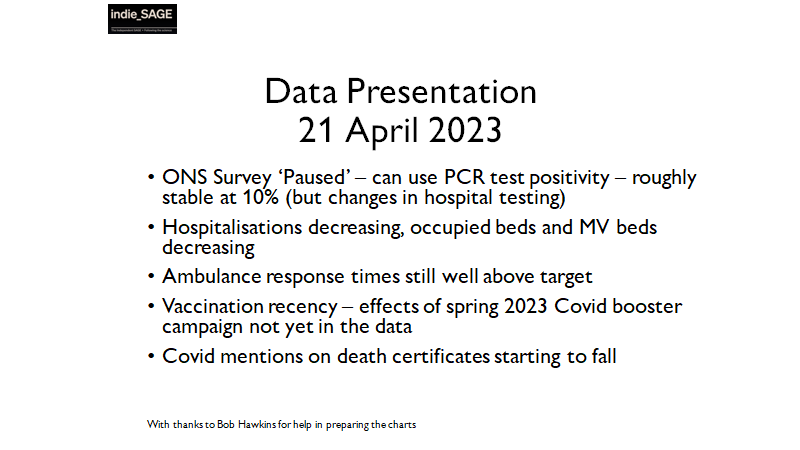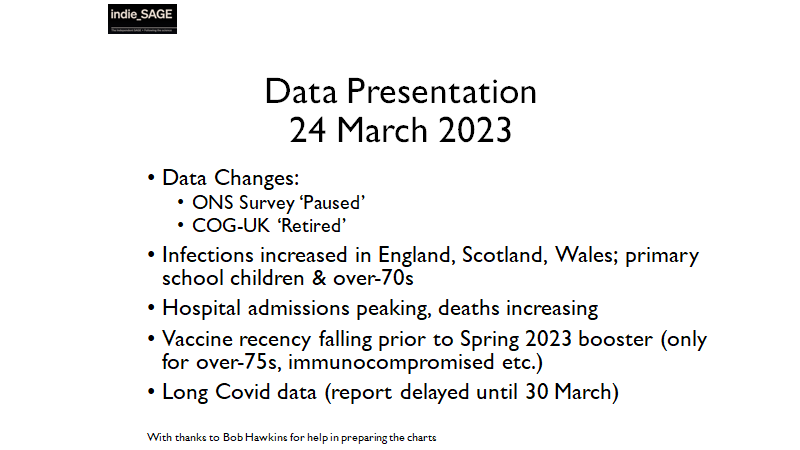I have been looking at the MSOA data for cases to 6 September 2020 at arcgis.com/apps/webappvie… . There are some places with very high case numbers.
#Sunderland - Houghton West (Houghton-le-Spring) has 45 cases in the week to 6 September. Which is an incidence of *560* cases per 100,000 (assuming a MSOA population of 8000) 

#Bradford - Shearbridge and University has 37 cases in the week to 6 September. Which is an incidence of *460* cases per 100,000 (assuming a MSOA population of 8,000) @UniofBradford 

#Birmingham - Springfield & Hall Green West has 39 cases in the week to 6 September. Which is an incidence of *480* cases per 100,000 (assuming a MSOA population of 8,000) 

Also #Birmingham - Greet & Sparkill South has 31 cases in the week to 6 September. Which is an incidence of *380* cases per 100,000 (assuming a MSOA population of 8,000) 

#Bolton - Little Lever has 24 cases in the week to 6 September. Which is an incidence of *300* cases per 100,000 (assuming a MSOA population of 8,000) 

#Oldham - Alexandra Park has 24 cases in the week to 6 September. Which is an incidence of *300* cases per 100,000 (assuming a MSOA population of 8,000) 

#Leeds - Lincoln Green & St James has an incidence of 25 cases in the week to 6 September. Which is an incidence of *310* cases per 100,000 (assuming a MSOA population of 8,000) 

• • •
Missing some Tweet in this thread? You can try to
force a refresh




















